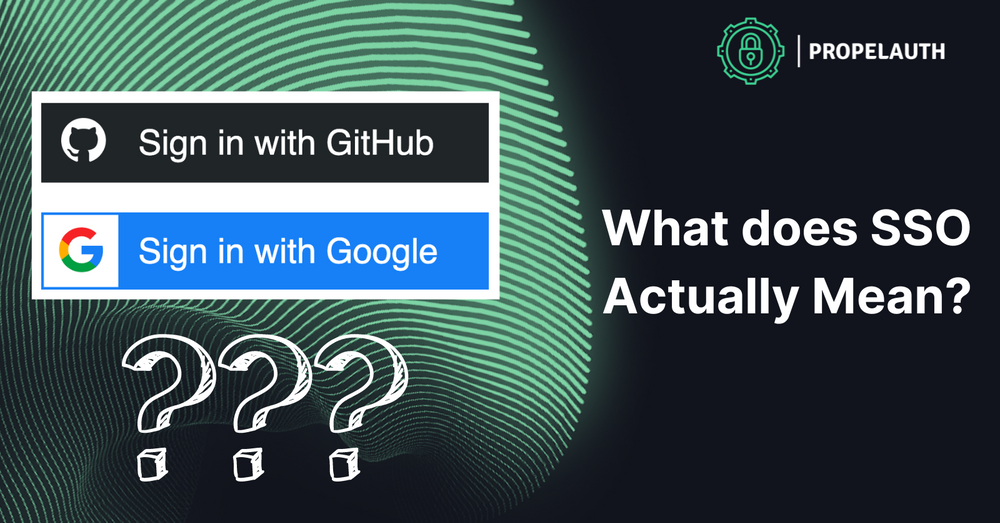Ever hear someone casually drop the acronym “Escsso” and feel a momentary pang of ignorance? You’re not alone. While not exactly a household term, understanding what it *could* represent unveils a fascinating landscape of technological possibilities, particularly in the realm of Single Sign-On (SSO) and its extended applications. But what *does* it mean, and more importantly, what potential challenges does the concept itself present?
Let’s unravel this potential enigma. While “Escsso” isn’t a universally recognized or standardized term, its construction strongly suggests an extension or evolution of traditional SSO. The “Esc” prefix, in various contexts, often denotes “escape,” “escalation,” or even “escrow.” Therefore, we can deduce that “Escsso” potentially points towards a more nuanced and sophisticated approach to identity management and access control beyond the typical SSO implementation.
Potential Interpretations of Escsso
Given the lack of a definitive definition, let’s explore several plausible interpretations:
1. Escrowed SSO Credentials: Safeguarding Access
Imagine a scenario where SSO credentials, typically stored and managed by an identity provider, are instead held in escrow. This introduces an additional layer of security, potentially using multi-party computation (MPC) or similar cryptographic techniques. If the primary identity provider is compromised or unavailable, the escrowed credentials can be retrieved under pre-defined conditions, ensuring business continuity and preventing a complete access blackout. This mitigates the risk of a single point of failure, a common concern with traditional SSO architectures.
Consider the implications for high-security environments, where downtime is unacceptable. Escrowed credentials offer a robust fallback mechanism, providing resilience against both technical glitches and malicious attacks.
2. Escalated SSO Privileges: Dynamic Access Control
Another interpretation revolves around the concept of dynamic privilege escalation. In a typical SSO setup, a user’s access rights are predefined and static. However, “Escsso” could denote a system that allows for temporary elevation of privileges based on specific context, such as time of day, location, or the task being performed. This aligns with the principles of Zero Trust Security, where access is granted on a need-to-know basis.
For example, a customer service representative might normally have read-only access to customer data. However, during an escalated service incident, they might temporarily require write access to resolve the issue. Escsso, in this context, would facilitate this temporary privilege elevation in a controlled and auditable manner.
3. Escape from SSO: Federated Identity Exit Strategies
Perhaps “Escsso” represents a carefully orchestrated “escape” from a specific SSO provider or implementation. This could involve migrating to a new identity provider or transitioning to a more decentralized identity management system. A well-defined “Escsso” strategy would ensure minimal disruption to users and applications during the migration process, while maintaining consistent security and access control.
Companies sometimes find themselves locked into proprietary SSO solutions, making migration costly and complex. An “escape” strategy, denoted by Escsso, could outline the steps necessary to decouple from the existing system and embrace a more open and flexible architecture.
4. Extended SSO Attributes: Enhanced User Profiling
Traditional SSO often relies on a limited set of user attributes for authentication and authorization. “Escsso” could signify an extension of these attributes, incorporating richer contextual data to create a more comprehensive user profile. This enhanced profiling could be used to personalize user experiences, improve security, and enable more granular access control policies.
For instance, incorporating device posture information (e.g., whether a device is managed and compliant with security policies) into the SSO process can significantly enhance security. Escsso, in this scenario, would involve integrating with device management platforms and leveraging their data to make more informed access control decisions.
Challenges Associated with Escsso Implementations
Regardless of the specific interpretation, implementing any form of “Escsso” presents several challenges:
Complexity: Integrating multiple systems and managing intricate access control policies can be inherently complex, requiring specialized expertise.
Performance Overhead: Adding extra layers of security and authorization can potentially impact performance, leading to increased latency and a degraded user experience.
Compliance: Ensuring compliance with relevant regulations, such as GDPR and HIPAA, becomes even more critical when dealing with sensitive user data and complex access control policies.
Interoperability: Seamless integration with existing systems and applications is crucial, but can be challenging due to differing standards and protocols.
Management Overhead: Maintaining and updating complex Escsso systems requires dedicated resources and ongoing monitoring.
Conclusion: A Glimpse into the Future of Identity
While “Escsso” might not be an established term, it represents a thought-provoking concept that highlights the evolving landscape of identity management and access control. Whether it signifies escrowed credentials, escalated privileges, escape strategies, or extended attributes, the underlying principle remains the same: to enhance security, improve user experience, and enable more granular control over access to valuable resources. As organizations grapple with increasingly complex security threats and evolving regulatory requirements, exploring innovative approaches to SSO, even those with playful names like “Escsso,” becomes essential.









Leave a Comment